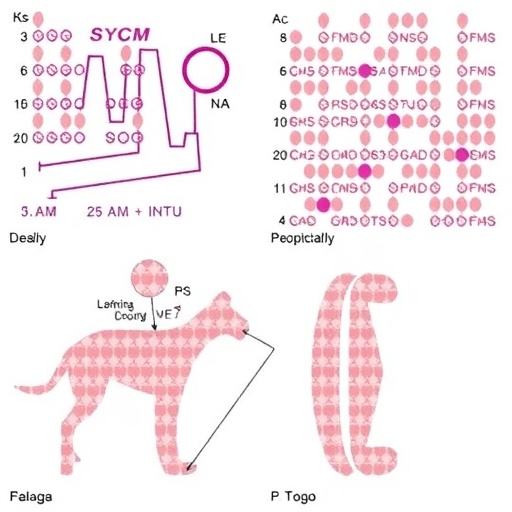CORVALLIS, Ore. – A new study found that traditional bullets for muzzleloading rifles and black powder rifle cartridges fragment less upon impact and may leave far fewer lead fragments in game than a modern high-velocity rifle bullet.
The findings suggest that hunters using those styles of guns may have a reduced risk of secondary lead poisoning from consuming game meat, and that there may be a reduced risk to scavenging animals as well, compared to ammunition for modern rifles that also contain lead.
Results of the study, by researchers in the Department of Fisheries and Wildlife at Oregon State University, have been published in the Journal of Fish and Wildlife Management.
Bullet fragmentation has been well-described in many modern, high-velocity rifles, but not for black-powder cartridge rifles or muzzleloading firearms, said Clinton Epps, a wildlife ecologist at Oregon State and co-author on the study.
"There is a lot more complexity to the lead versus non-lead ammunition discussion than many people realize and the black powder/muzzleloader niche of hunters needs to be included in the conversation," Epps said.
To study the fragmentation, the researchers evaluated a traditional .54 caliber round ball and a modern-designed .54 caliber conical bullet for muzzleloaders and two types of .45-70 caliber black powder rifle cartridges, and compared them with a modern, lead-core high-velocity bullet (Remington Core-Lokt) for a .30-06.
They found that the modern .30-06 bullets retained a mean 57.5 percent of their original mass, with the remaining 42.5 percent fragmenting. Mean mass retention for muzzleloader and black powder cartridge bullets ranged from 87.8 percent to 99.7 percent.
"We tested penetration and fragmentation for each bullet type in both water and ballistics gel," said Dana Sanchez, an OSU wildlife Extension specialist and lead author on the article. "Obviously, these kinds of artificial tests cannot replicate conditions in the field, but the striking differences in fragmentation suggests follow-up tests on game animals harvested in actual hunting situations may be warranted."
Muzzleloaders use black powder, typically made from charcoal, potassium nitrate and sulfur, and loaded from the muzzle using loose components rather than self-contained cartridges. Traditional hunting bullets for muzzleloaders are round balls made of pure lead and wrapped in a cloth patch to engage the rifling. Because of their low velocity and low potential for expansion, most states require muzzleloaders to have larger (greater than .45) calibers than modern high-velocity rifles.
"The speed of a bullet is a key factor in fragmentation, although there are other variables," said Epps, who is a rifle builder, ballistics specialist and a hunter. "Black powder cartridges and round balls don't go as fast, so they have to use a bigger bullet, which tends not to break apart as much."
Muzzleloader hunting is popular in many states, especially in the Midwest and the South, where special seasons allow hunters to use this method in addition to traditional rifle and archery hunts. Oregon has special muzzleloader tags for deer, elk and pronghorn antelope. Hunting with muzzleloaders and black powder rifles remains a comparatively small niche among hunters and the researchers emphasize that their study was solely intended to provide information on fragmentation that had been missing.
Oregon allows use of both lead and non-lead ammunition in big game hunting. And while non-lead ammunition choices for modern firearms are increasingly more available, Epps said, "non-lead options for muzzleloaders and other older-style firearms are still limited and may not function well in all rifles."
David Taylor, a graduate student in OSU's Department of Integrative Biology, also was an author on the study and conducted the field work as part of an undergraduate project funded in part by the Undergraduate Research, Innovation, Scholarship and Creativity program at Oregon State.
###
Media Contact
Clint Epps
[email protected]
541-737-2478
@oregonstatenews
http://www.orst.edu
############
Story Source: Materials provided by Scienmag





